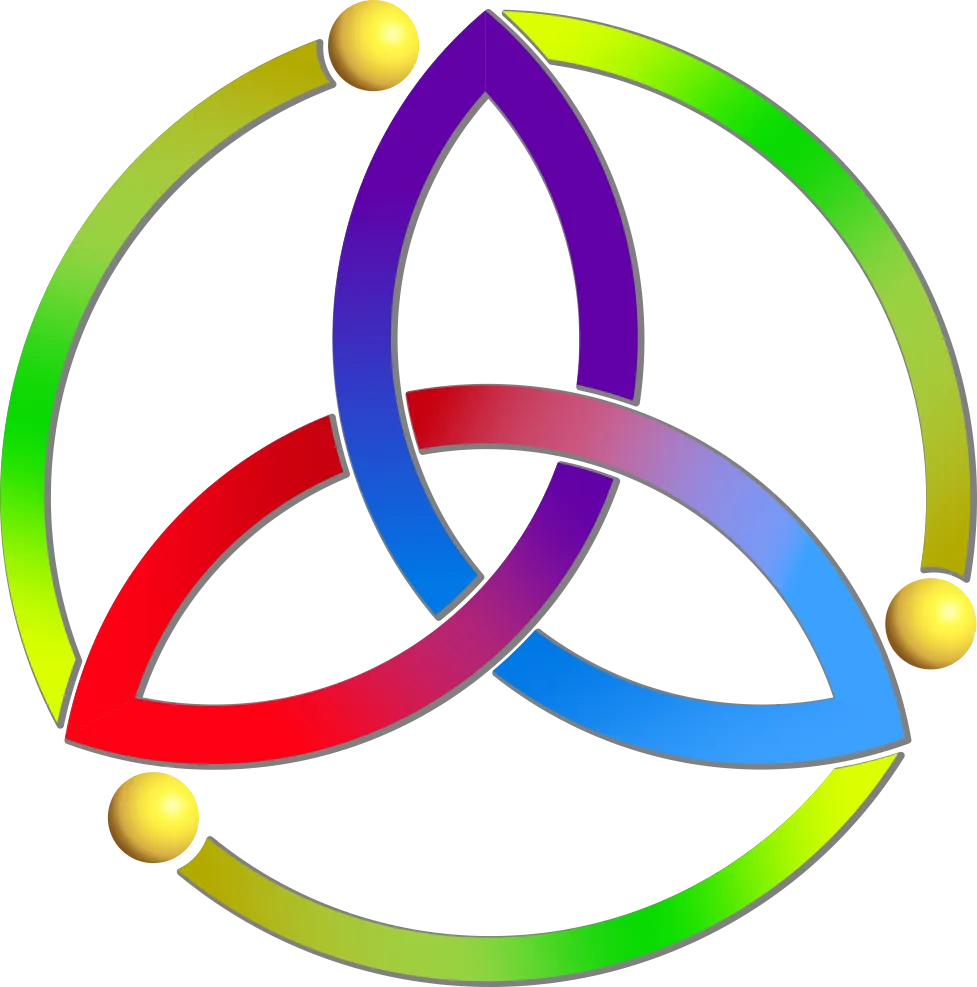Assess & Reassess
In this first module, the main goal will be focusing on exercises and drills that directly impact your nervous system and your nerve activation. Fun fact: it is possible to see change in your function as fast as a nerve can receive and send feedback to the brain - which is a very fast process!
When going through this program, it is important to remember we all use baseline measurements to compare how we started and track our progress along the way.Please help us help you track your progress so we can celebrate your successes with you!
Never Move into Pain
Pain is an experience the brain creates based on your current threat level. Knowing this, we are going to look at pain as a signal from your brain and body telling you to do something different. If you move into a position and it causes you pain, that is your brain telling you to try doing the movement in another way or possibly not at all. For this reason, we will not be moving into pain. Instead, let's bring down your threat level for that movement before you start practicing that exercise consistently. We are going to set aside that movement for a moment to work on things to allow you to move more freely, then try that movement again focusing on only moving as far as you can pain free until you can move everything pain free!
